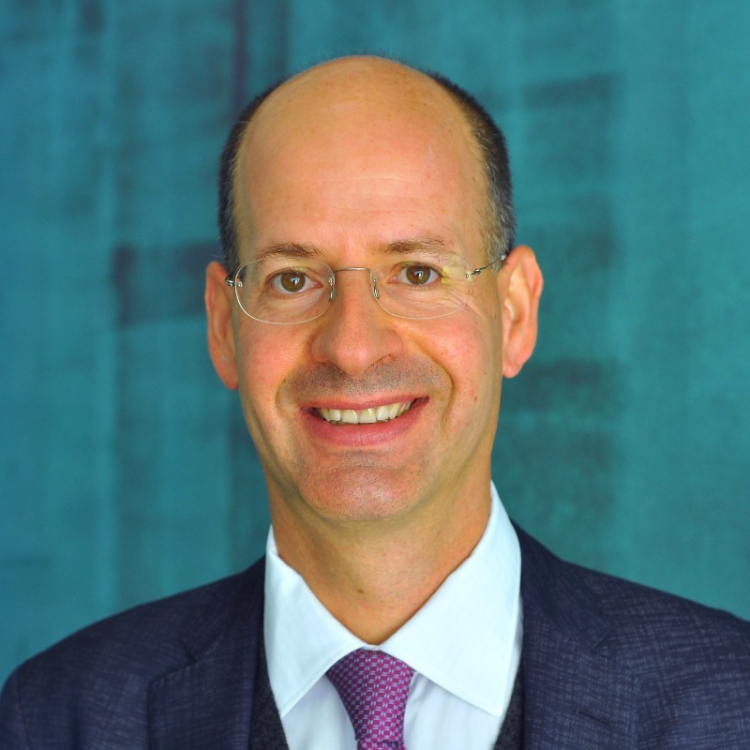Re chief economist delivers upbeat forecast

Jérôme Haegeli spoke to Airmic News editor David Benyon at the recent reinsurance rendezvous about insurance and macroeconomic growth prospects for 2024.
Following a year of geopolitical turmoil and energy crisis in Europe, most previous predictions by leading economic forecasters about a “return to normal” have fallen to the wayside.
The world is a delicate economic state, with a cost of living crisis rippling out across the globe aligned with still-untamed inflation rates remaining the primary fire to fight for central bankers on both sides of the Atlantic.
Following a year of geopolitical turmoil and energy crisis in Europe, most previous predictions by leading economic forecasters about a “return to normal” have fallen to the wayside.
The world is a delicate economic state, with a cost of living crisis rippling out across the globe aligned with still-untamed inflation rates remaining the primary fire to fight for central bankers on both sides of the Atlantic.
It is against this austere backdrop that Swiss Re has released its new Sigma report, with a surprisingly upbeat message.
Titled “Raising the Bar: Non-Life Insurance in a Higher-Risk, Higher-Return World”, the report examined the health of the non-life insurance sector, and its prospects for growth and profitability, amid a new, higher interest rate era.
Swiss Re’s group chief economist Jérôme Haegeli sat for an interview to discuss the study at the recent Monte Carlo reinsurance Rendez-vous de Septembre event for reinsurers and their insurance clients.
“Our report,” he said, “is about what all these higher interest rates mean in terms of the cost of capital and, alongside that, profitability. At the end of the day, it’s tremendously important for the insurance industry to be able to absorb shock, particularly in today’s world of higher risk and higher uncertainty. It’s really important to be able to provide the capacity, and to increase capacity, in order to absorb shocks.”
Since 2021, central banks have raised basic interest rates across the globe, largely as a response to the high inflation after the Covid-19 pandemic.
The current period is what Swiss Re calls “the end of the era of financial repression”. The latter part of this era is what Swiss Re defines as “the period of extreme low interest rates after the global financial crisis”.
Haegeli was positive about the end of the era, saying that capital markets during this time had not functioned efficiently.
"If you have low-to-negative rates, how you deploy your assets is different. The insurance industry couldn’t work at its best during that time,” he said.
“But look at the return on equity now compared to the cost of capital. The former is now higher than the latter for new business. So that means the system is now functioning, which I think is big news and should be very welcome,” Haegeli emphasised.
This point is underlined in the report, which noted that the cost of capital has increased in all major regions since the start of the tightening cycle, with insurers in Europe seeing the biggest increase in risk-free rates.
The firm wrote: “Yet since the average non-life investment portfolio is generally 2.5 times net premiums earned, an additional 100 basis points of investment yield is roughly equivalent to 250bps improvement in the combined ratio.
“Even with a likely deterioration in combined ratio between 2021 and 2023, higher interest rates improve the profitability of new business with respect to cost of capital, incentivising stronger growth in 2023.
“In contrast, the low interest rate years after the global financial crisis caused profitability headwinds for insurers. Non-life insurers’ returns on equity (ROE) did not meet their cost of equity capital globally in either the post-financial crisis era (2010‒19) or pandemic period (2020‒22).”
Profitability for re/insurers is expected to improve for most non-life business this year, saying that higher interest rates should benefit the sector.
The US property and casualty insurance (P&C) industry – the engine of the global sector – should see higher yields on new business, the reinsurer suggested.
This would in turn improve the industry’s operating ratio by 630bps, far more than the 190bps increase in the cost of equity capital. Going further, it said that P&C insurers in eight large markets should narrow their underwriting gap by six percentage points.
